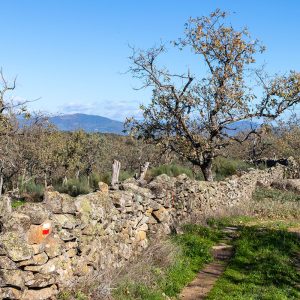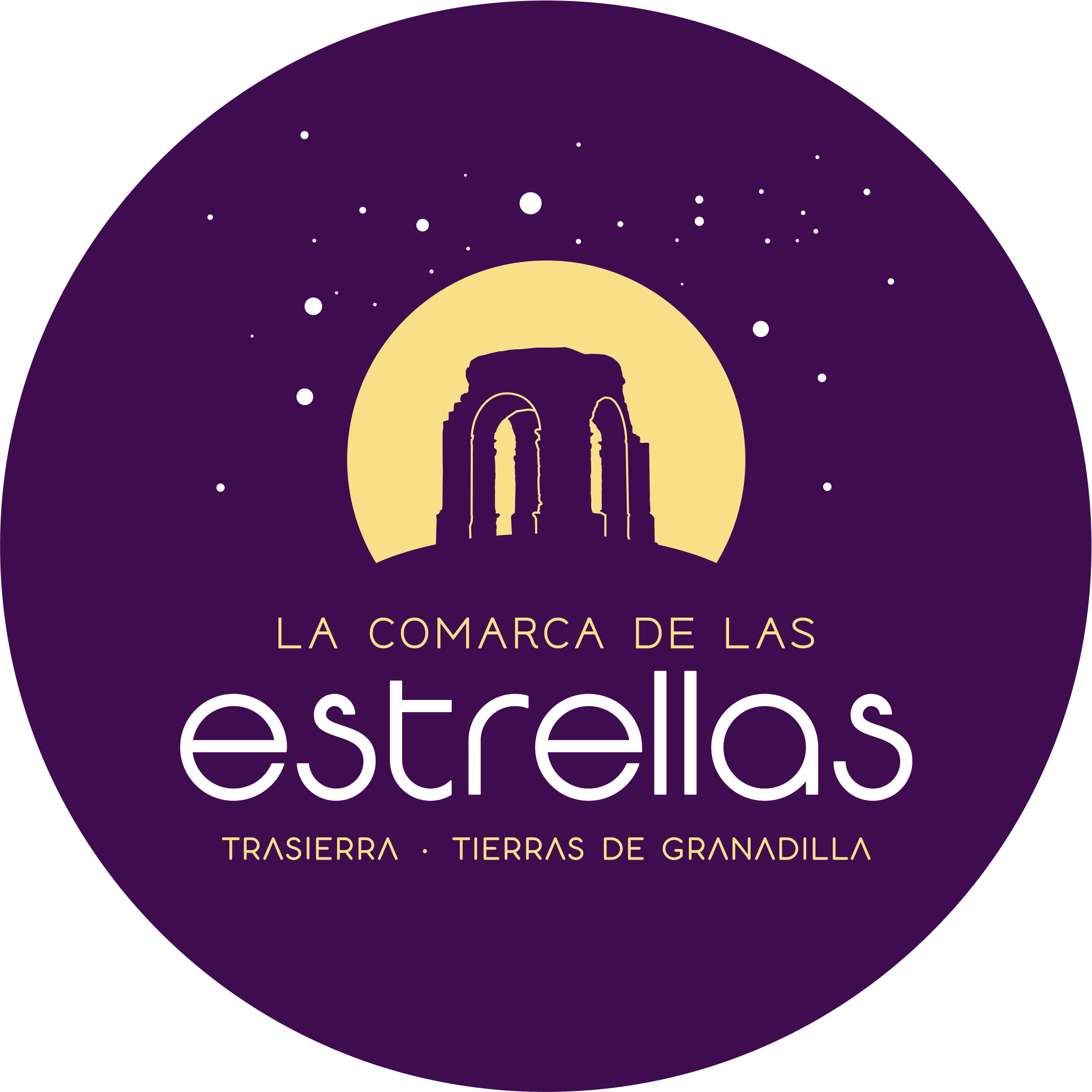Historic Trails: Vía de la Plata, Vía Verde de la Plata and the Camino Mozárabe de las Hurdes.
Trails with a lot of history
Walk along paths and trails following the footsteps of the Roman or Mozarabic culture and learn the secrets of the old railroad tracks from Astorga to Plasencia as it passes through Ambroz-Cáparra.
The Vía de la Plata is an ancient Roman road that connected the cities of Mérida (Emérita Augusta) and Astorga (Asturica Augusta). In this region, it passed by Aldeanueva del Camino, Oliva de Plasencia (where the Roman city of Cáparra is located), Guijo de Granadilla, Baños de Montemayor and Hervás. These villages were strategic stops along the route, providing travellers with rest, supplies and services.
Today, Vía de la Plata is an itinerary of great historic and tourist interest. Visitors can explore various sections of the ancient Roman road and immerse themselves in the natural beauty and cultural heritage of Ambroz-Cáparra. Along the way, they can visit Roman ruins, savour local cuisine, and discover the region’s heritage by following the marked Ruta de la Plata, which runs parallel to the historic Roman cobblestone path.
The Vía Verde de la Plata was built on a former 19th-century railway line. It features a gentle slope that allows visitors to enjoy the landscape with ease. It is perfect for walking and especially for cycling. From Placencia to Béjar, visitors are reminded of the region’s past connection to the railroad by the railway elements along the route such as traffic lights, signals and stations. Visitors can explore these historic vestiges as they pass through Oliva de Plasencia, Villar de Plasencia, Jarilla, Casas del Monte, Hervás, and Baños de Montemayor.
The Camino Mozárabe (Mozarabic Way) of Las Hurdes dates back to the Middle Ages, when locals sought safer places to the north and followed this pilgrimage route through Las Hurdes and Trasierra-Tierras de Granadilla. After passing through Santa Cruz de Paniagua, El Bronco, and Palomero, the path ultimately leads to the sanctuary of Peña de Francia.
Did you know?
Roman roads were intricate networks of polished stones that formed the Roman Empire’s road infrastructure, used primarily by armies to conquer new territories. Thanks to these roads, soldiers could move at unprecedented speeds for their time.
The Mozarabs were Christians who lived in Spain under Muslim rule, without converting to Islam but respecting its customs and traditions.
Visit more Must-See

Gastronomy
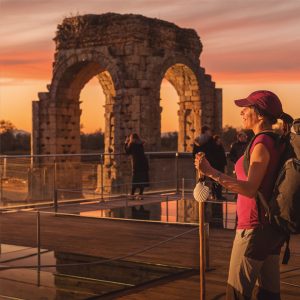
Roman City of Cáparra
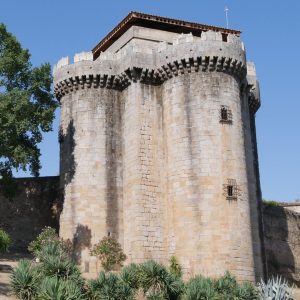
Medieval Village of Granadilla
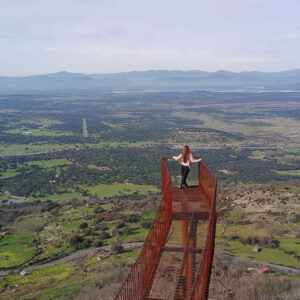
Ermita del Castillo overlook
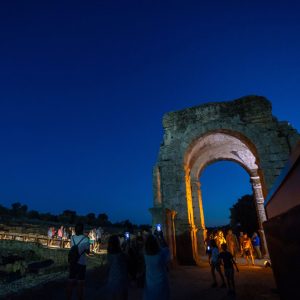
Destination Events
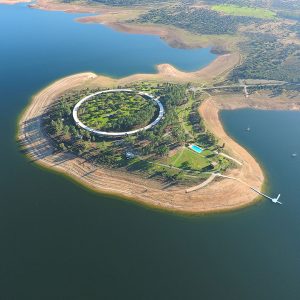
“The Ring” International Centre for Sports Innovation in the Natural Environment
